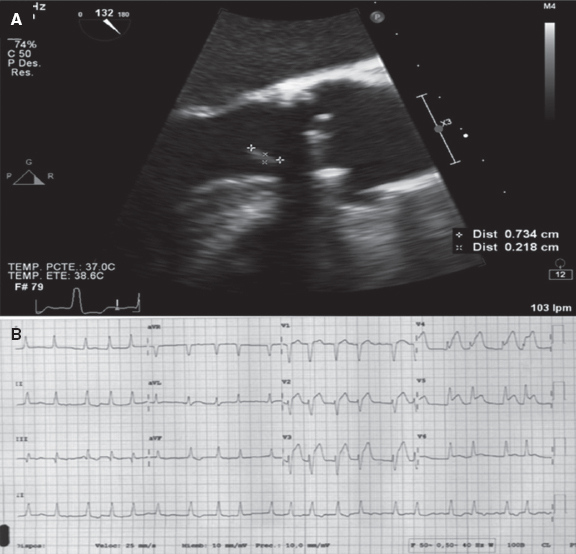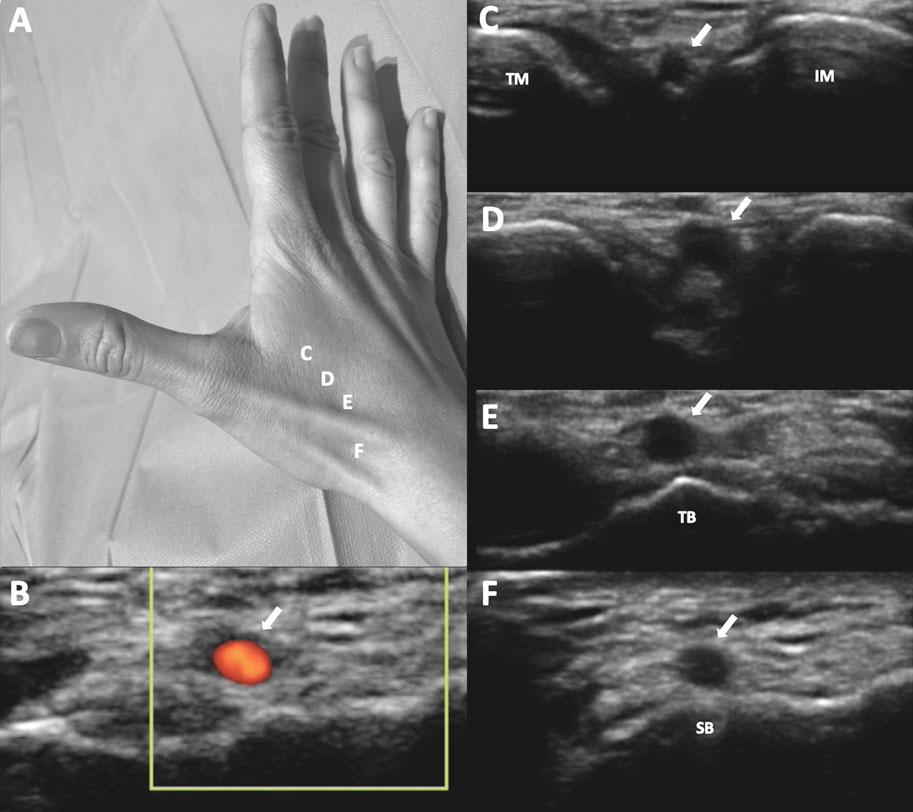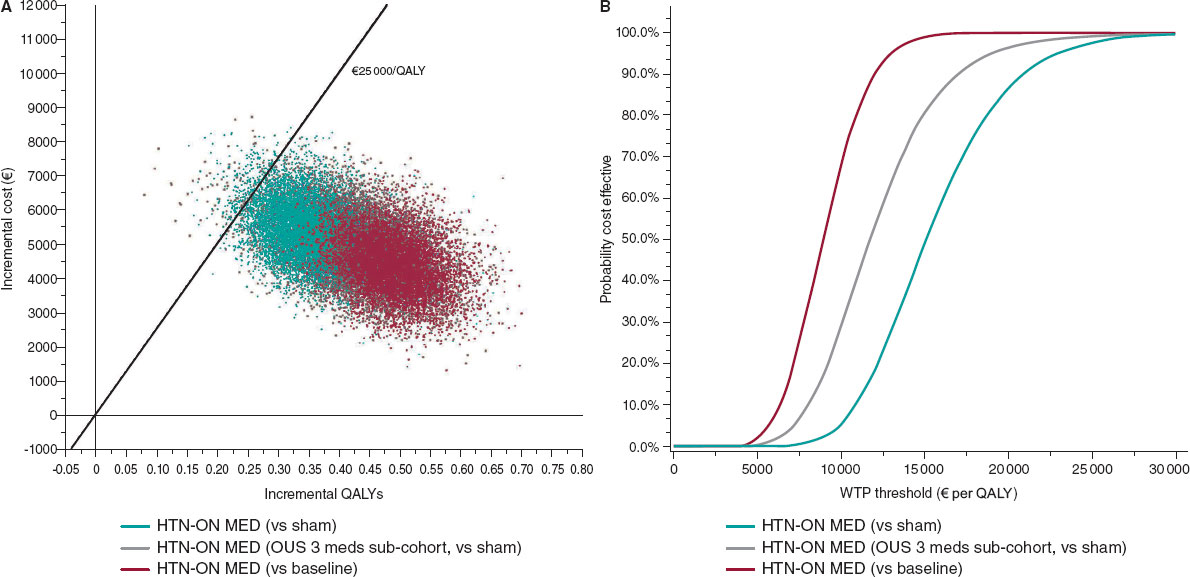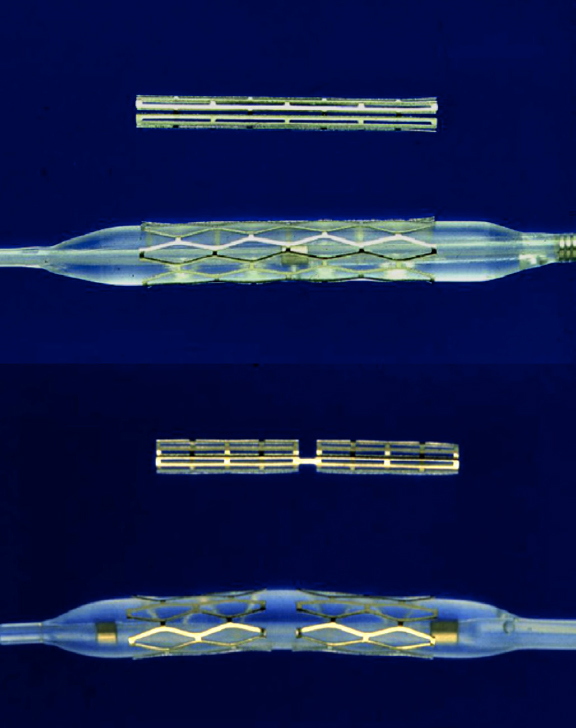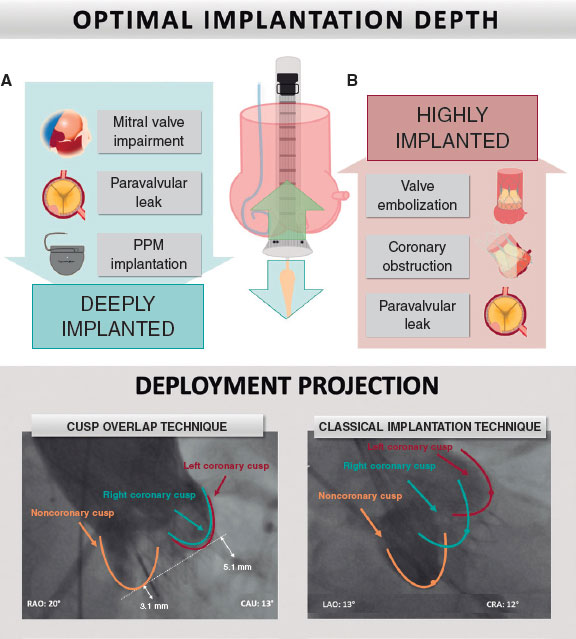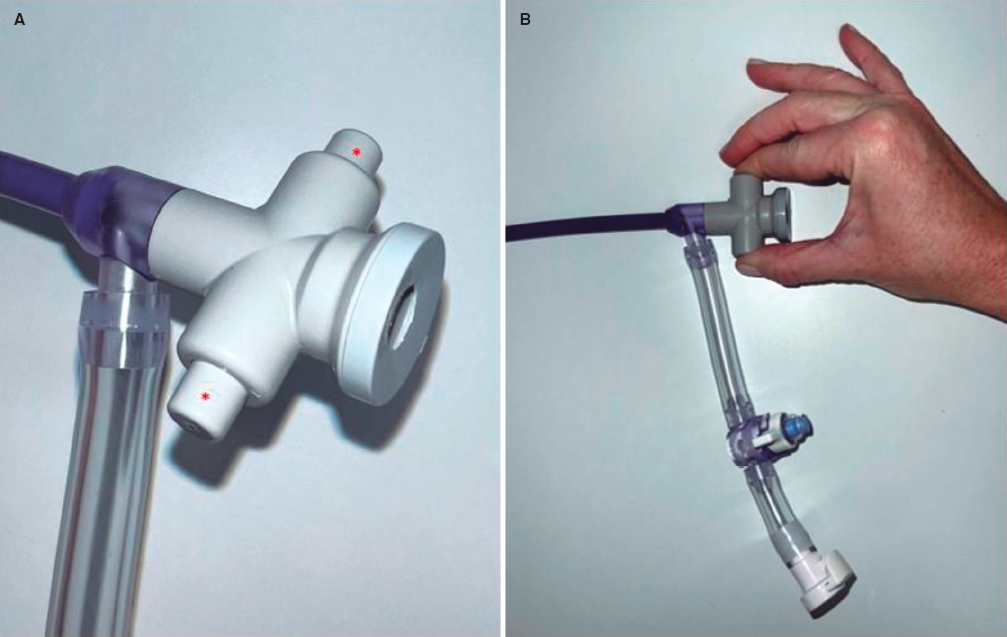| 1 x afterRenderModule mod_custom (Most read) (1.18MB) (37.27%) | 429ms |
| 1 x afterRenderModule mod_custom (Home Superior Izquierda -EN) (7.04MB) (9.05%) | 104ms |
| 1 x afterRender (1005.74KB) (7.29%) | 83.95ms |
| 1 x afterRenderComponent com_content (173.09KB) (7%) | 80.59ms |
| 1 x afterRenderModule mod_custom (Home Inferior Derecha -EN) (1.83MB) (5.94%) | 68.42ms |
| 1 x afterInitialise (3.53MB) (3.45%) | 39.69ms |
| 1 x Before Access::getAssetRules (id:8 name:com_content) (1.36MB) (2.63%) | 30.26ms |
| 1 x afterRenderModule mod_custom (Home Debate Enlaces EN) (1.59MB) (2.13%) | 24.54ms |
| 1 x afterRenderModule mod_custom (Article Herramientas Estadísticas - ENG) (742.48KB) (1.86%) | 21.38ms |
| 1 x afterRenderModule mod_custom (Most shared) (508.26KB) (1.75%) | 20.10ms |
| 1 x beforeRenderRawModule mod_breadcrumbs (Breadcrumbs EN) (1.33MB) (1.68%) | 19.29ms |
| 1 x afterRoute (986.55KB) (1.63%) | 18.76ms |
| 1 x afterRenderModule mod_custom (Home Superior Derecha -EN) (1.04MB) (1.33%) | 15.25ms |
| 1 x afterRenderModule mod_custom (Header Article -EN) (534.92KB) (1.17%) | 13.44ms |
| 1 x afterRenderRawModule mod_dms3_refs (Article Herramientas Exportar - ENG) (58.76KB) (0.73%) | 8.36ms |
| 1 x afterRenderModule mod_custom (Article Herramientas Traducción - ENG) (275.71KB) (0.66%) | 7.59ms |
| 1 x afterRenderModule mod_custom (Article - Referencia ) (300.39KB) (0.64%) | 7.39ms |
| 1 x afterRenderModule mod_custom (Article DOI activo) (258.38KB) (0.61%) | 7.01ms |
| 1 x afterRenderModule mod_custom (Debate Title) (420.84KB) (0.6%) | 6.91ms |
| 1 x afterDispatch (395.54KB) (0.59%) | 6.82ms |
| 1 x afterRenderModule mod_custom (Foto Autor) (1.02MB) (0.59%) | 6.79ms |
| 1 x afterRenderModule mod_custom (Article Herramientas Compartir -EN) (317.68KB) (0.59%) | 6.75ms |
| 1 x Before Access::getAssetRules (id:1 name:root.1) (277.3KB) (0.56%) | 6.42ms |
| 1 x afterRenderModule mod_custom (Caso clínico 2) (175.33KB) (0.54%) | 6.25ms |
| 1 x afterRenderModule mod_custom (Caso clínico 1) (175.33KB) (0.54%) | 6.19ms |
| 1 x afterRenderModule mod_custom (Article - Comments Section) (124.02KB) (0.51%) | 5.83ms |
| 1 x afterRenderModule mod_custom (Article Category -EN) (255.17KB) (0.48%) | 5.56ms |
| 1 x afterRenderModule mod_custom (Article Authors) (161.91KB) (0.44%) | 5.08ms |
| 1 x afterRenderModule mod_custom (Innovacion Herramientas Compartir -EN) (217.26KB) (0.44%) | 5.05ms |
| 1 x afterRenderModule mod_custom (Article Herramientas Material Adicional) (182.01KB) (0.43%) | 4.99ms |
| 1 x afterRenderModule mod_custom (Article Related contents EN) (180.77KB) (0.43%) | 4.98ms |
| 1 x afterRenderModule mod_custom (Article Subtitulo) (161.82KB) (0.41%) | 4.70ms |
| 1 x afterRenderModule mod_custom (Article Translated Title) (160.61KB) (0.41%) | 4.69ms |
| 1 x afterRenderModule mod_custom (Article Title) (150.15KB) (0.38%) | 4.35ms |
| 1 x afterRenderModule mod_custom (Innovacion Herramientas Traducción EN) (151.14KB) (0.37%) | 4.26ms |
| 1 x afterRenderModule mod_custom (Innovacion Herramientas Estadísticas -EN) (138.59KB) (0.36%) | 4.19ms |
| 1 x afterRenderModule mod_custom (Article Herramientas Descargar - ENG) (127.94KB) (0.36%) | 4.14ms |
| 1 x After Access::preloadPermissions (com_content) (987.52KB) (0.35%) | 4.07ms |
| 1 x afterRenderModule mod_custom (Separador) (128.77KB) (0.35%) | 4.03ms |
| 1 x afterRenderModule mod_custom (EMAIL Y TWITTER INGLES) (129.6KB) (0.35%) | 4.03ms |
| 1 x afterRenderModule mod_custom (Article Herramientas Imprimir -EN) (128.41KB) (0.35%) | 4.02ms |
| 1 x afterRenderModule mod_custom (Innovacion Herramientas Imprimir -EN) (128.26KB) (0.35%) | 4.01ms |
| 1 x afterLoad (74.89KB) (0.22%) | 2.53ms |
| 1 x beforeRenderRawModule mod_custom (Publication of Sociedad Española de Cardiología) (2.31KB) (0.15%) | 1.70ms |
| 1 x afterRenderRawModule mod_languages (Language Switcher) (31.47KB) (0.11%) | 1.27ms |
| 1 x afterRenderRawModule mod_articles_good_search (Articles Good Search Total (Lateral) (EN)) (39.49KB) (0.11%) | 1.27ms |
| 1 x After Access::preloadComponents (all components) (125.96KB) (0.08%) | 953μs |
| 1 x afterRenderRawModule mod_breadcrumbs (Breadcrumbs EN) (13.78KB) (0.08%) | 908μs |
| 1 x beforeRenderRawModule mod_custom (Article Herramientas Descargar - ENG) (7.8KB) (0.08%) | 897μs |
| 1 x afterRenderRawModule mod_menu (Footer Final EN) (28.13KB) (0.07%) | 776μs |
| 1 x beforeRenderRawModule mod_menu (Footer Final EN) (3.67KB) (0.07%) | 775μs |
| 1 x afterRenderRawModule mod_menu (About us) (22.33KB) (0.06%) | 727μs |
| 1 x afterRenderRawModule mod_menu (Content) (18.62KB) (0.06%) | 719μs |
| 1 x beforeRenderRawModule mod_menu (Content) (5.19KB) (0.06%) | 714μs |
| 1 x afterRenderRawModule mod_menu (Publish) (20.98KB) (0.06%) | 706μs |
| 1 x Before Access::preloadComponents (all components) (35.96KB) (0.06%) | 678μs |
| 1 x afterRenderRawModule mod_menu (Sidebar Menú EN) (9.57KB) (0.05%) | 573μs |
| 1 x afterRenderModule mod_custom (Factor de Impacto EN) (5.09KB) (0.05%) | 554μs |
| 1 x afterRenderRawModule mod_menu (Sidebar - REC: Publications) (15.95KB) (0.05%) | 525μs |
| 1 x afterRenderRawModule mod_menu (Permanyer Publications) (10.23KB) (0.04%) | 450μs |
| 1 x beforeRenderRawModule mod_custom (Home Superior Izquierda -EN) (1008B) (0.04%) | 422μs |
| 1 x afterRenderModule mod_custom (Home Concurso Hemodinamica EN) (4.23KB) (0.03%) | 377μs |
| 1 x beforeRenderRawModule mod_custom (Article - Comments Section) (1.23KB) (0.03%) | 372μs |
| 1 x afterRenderModule mod_custom (Publication of Sociedad Española de Cardiología) (3.31KB) (0.03%) | 356μs |
| 1 x afterRenderRawModule mod_custom (Header Article -EN) (3.98KB) (0.03%) | 338μs |
| 1 x afterRenderModule mod_breadcrumbs (Breadcrumbs EN) (3.88KB) (0.03%) | 334μs |
| 1 x beforeRenderRawModule mod_custom (Debate Title) (1.47KB) (0.03%) | 329μs |
| 1 x beforeRenderComponent com_content (12.13KB) (0.03%) | 325μs |
| 1 x afterRenderModule mod_articles_good_search (Articles Good Search Total (Lateral) (EN)) (10.48KB) (0.02%) | 262μs |
| 1 x afterRenderRawModule mod_lightbox (Lightbox) (7.57KB) (0.02%) | 257μs |
| 1 x afterRenderRawModule mod_esmedicodisclaimer (esmedicodisclaimer esmedicodisclaimer) (6.54KB) (0.02%) | 232μs |
| 1 x beforeRenderRawModule mod_custom (Header Article -EN) (896B) (0.02%) | 226μs |
| 1 x beforeRenderRawModule mod_custom (Home Concurso Hemodinamica EN) (3KB) (0.02%) | 209μs |
| 1 x beforeRenderRawModule mod_custom (Home Superior Derecha -EN) (4.2KB) (0.02%) | 195μs |
| 1 x afterRenderModule mod_custom (Article - Disponible Online -EN) (2.64KB) (0.01%) | 157μs |
| 1 x afterRenderModule mod_esmedicodisclaimer (esmedicodisclaimer esmedicodisclaimer) (5.48KB) (0.01%) | 142μs |
| 1 x afterRenderModule mod_lightbox (Lightbox) (4.45KB) (0.01%) | 137μs |
| 1 x afterRenderModule mod_menu (Content) (2.95KB) (0.01%) | 136μs |
| 1 x afterRenderModule mod_languages (Language Switcher) (3.97KB) (0.01%) | 135μs |
| 1 x afterRenderModule mod_dms3_refs (Article Herramientas Exportar - ENG) (3.23KB) (0.01%) | 134μs |
| 1 x beforeRenderRawModule mod_menu (Publish) (1.61KB) (0.01%) | 133μs |
| 1 x afterRenderModule mod_menu (Footer Final EN) (3.33KB) (0.01%) | 130μs |
| 1 x afterRenderModule mod_menu (Sidebar Menú EN) (2.7KB) (0.01%) | 128μs |
| 1 x afterRenderModule mod_menu (Sidebar - REC: Publications) (3.23KB) (0.01%) | 128μs |
| 1 x afterRenderModule mod_menu (Publish) (3.2KB) (0.01%) | 126μs |
| 1 x afterRenderModule mod_menu (About us) (3.06KB) (0.01%) | 124μs |
| 1 x afterRenderModule mod_menu (Permanyer Publications) (2.89KB) (0.01%) | 123μs |
| 1 x beforeRenderRawModule mod_lightbox (Lightbox) (6.67KB) (0.01%) | 122μs |
| 1 x After Access::getAssetRules (id:1282 name:com_content.article.490) (9.4KB) (0.01%) | 117μs |
| 1 x beforeRenderRawModule mod_menu (About us) (160B) (0.01%) | 114μs |
| 1 x beforeRenderRawModule mod_menu (Permanyer Publications) (32B) (0.01%) | 110μs |
| 1 x afterRenderRawModule mod_custom (Publication of Sociedad Española de Cardiología) (1.09KB) (0.01%) | 106μs |
| 1 x beforeRenderRawModule mod_languages (Language Switcher) (6.62KB) (0.01%) | 106μs |
| 1 x afterRenderRawModule mod_custom (Article Herramientas Descargar - ENG) (1.08KB) (0.01%) | 104μs |
| 1 x afterRenderRawModule mod_custom (Foto Autor) (1.02KB) (0.01%) | 101μs |
| 1 x afterRenderRawModule mod_custom (Home Debate Enlaces EN) (928B) (0.01%) | 94μs |
| 1 x afterRenderRawModule mod_custom (Article Category -EN) (1.02KB) (0.01%) | 91μs |
| 1 x afterRenderRawModule mod_custom (Home Superior Derecha -EN) (928B) (0.01%) | 91μs |
| 1 x afterRenderRawModule mod_custom (Home Superior Izquierda -EN) (928B) (0.01%) | 90μs |
| 1 x afterRenderRawModule mod_custom (Most shared) (912B) (0.01%) | 90μs |
| 1 x afterRenderRawModule mod_custom (Home Inferior Derecha -EN) (928B) (0.01%) | 89μs |
| 1 x afterRenderRawModule mod_custom (Debate Title) (976B) (0.01%) | 88μs |
| 1 x afterRenderRawModule mod_custom (Article DOI activo) (1.02KB) (0.01%) | 88μs |
| 1 x afterRenderRawModule mod_custom (Article - Comments Section) (928B) (0.01%) | 88μs |
| 1 x afterRenderRawModule mod_custom (Innovacion Herramientas Estadísticas -EN) (944B) (0.01%) | 86μs |
| 1 x afterRenderRawModule mod_custom (Article - Disponible Online -EN) (3.47KB) (0.01%) | 86μs |
| 1 x afterRenderRawModule mod_custom (Article - Referencia ) (1.02KB) (0.01%) | 85μs |
| 1 x afterRenderRawModule mod_custom (Article Title) (976B) (0.01%) | 84μs |
| 1 x afterRenderRawModule mod_custom (Article Related contents EN) (12.03KB) (0.01%) | 84μs |
| 1 x afterRenderRawModule mod_custom (Caso clínico 2) (1.14KB) (0.01%) | 84μs |
| 1 x afterRenderRawModule mod_custom (Caso clínico 1) (1.14KB) (0.01%) | 82μs |
| 1 x afterRenderRawModule mod_custom (Factor de Impacto EN) (912B) (0.01%) | 82μs |
| 1 x afterRenderRawModule mod_custom (Article Herramientas Traducción - ENG) (1.05KB) (0.01%) | 81μs |
| 1 x afterRenderRawModule mod_custom (Innovacion Herramientas Traducción EN) (1.05KB) (0.01%) | 81μs |
| 1 x afterRenderRawModule mod_custom (Article Herramientas Material Adicional) (944B) (0.01%) | 81μs |
| 1 x afterRenderRawModule mod_custom (Article Authors) (976B) (0.01%) | 81μs |
| 1 x afterRenderRawModule mod_custom (Article Translated Title) (992B) (0.01%) | 80μs |
| 1 x afterRenderRawModule mod_custom (Home Concurso Hemodinamica EN) (1.03KB) (0.01%) | 80μs |
| 1 x afterRenderRawModule mod_custom (Article Herramientas Imprimir -EN) (928B) (0.01%) | 79μs |
| 1 x afterRenderRawModule mod_custom (Article Herramientas Estadísticas - ENG) (944B) (0.01%) | 79μs |
| 1 x afterRenderRawModule mod_custom (Article Subtitulo) (976B) (0.01%) | 79μs |
| 1 x afterRenderRawModule mod_custom (Innovacion Herramientas Imprimir -EN) (992B) (0.01%) | 79μs |
| 1 x afterRenderRawModule mod_custom (Separador) (1.02KB) (0.01%) | 79μs |
| 1 x afterRenderRawModule mod_custom (Article Herramientas Compartir -EN) (928B) (0.01%) | 79μs |
| 1 x afterRenderRawModule mod_custom (Innovacion Herramientas Compartir -EN) (928B) (0.01%) | 79μs |
| 1 x afterRenderRawModule mod_custom (EMAIL Y TWITTER INGLES) (1.03KB) (0.01%) | 78μs |
| 1 x afterRenderRawModule mod_custom (Most read) (8.89KB) (0.01%) | 77μs |
| 1 x Before Access::getAssetRules (id:1282 name:com_content.article.490) (66.8KB) (0%) | 46μs |
| 1 x beforeRenderRawModule mod_articles_good_search (Articles Good Search Total (Lateral) (EN)) (9.75KB) (0%) | 35μs |
| 1 x beforeRenderRawModule mod_custom (Home Debate Enlaces EN) (4.86KB) (0%) | 34μs |
| 1 x beforeRenderRawModule mod_custom (Factor de Impacto EN) (13.11KB) (0%) | 34μs |
| 1 x beforeRenderRawModule mod_custom (Home Inferior Derecha -EN) (8.86KB) (0%) | 33μs |
| 1 x beforeRenderRawModule mod_custom (Most shared) (2.13KB) (0%) | 33μs |
| 1 x beforeRenderRawModule mod_custom (Article DOI activo) (1.22KB) (0%) | 32μs |
| 1 x beforeRenderRawModule mod_custom (Innovacion Herramientas Estadísticas -EN) (9.47KB) (0%) | 30μs |
| 1 x beforeRenderRawModule mod_custom (Article - Disponible Online -EN) (1.98KB) (0%) | 29μs |
| 1 x beforeRenderRawModule mod_custom (Article Related contents EN) (1.48KB) (0%) | 28μs |
| 1 x beforeRenderRawModule mod_custom (Article Title) (1.44KB) (0%) | 28μs |
| 1 x beforeRenderRawModule mod_custom (Article - Referencia ) (1.61KB) (0%) | 27μs |
| 1 x beforeRenderRawModule mod_custom (Foto Autor) (1.69KB) (0%) | 27μs |
| 1 x beforeRenderRawModule mod_custom (Caso clínico 2) (2.72KB) (0%) | 27μs |
| 1 x beforeRenderRawModule mod_custom (Article Authors) (1.44KB) (0%) | 25μs |
| 1 x beforeRenderRawModule mod_custom (Caso clínico 1) (2KB) (0%) | 25μs |
| 1 x beforeRenderRawModule mod_custom (Article Translated Title) (1.61KB) (0%) | 25μs |
| 1 x beforeRenderRawModule mod_custom (Article Subtitulo) (1.38KB) (0%) | 24μs |
| 1 x beforeRenderRawModule mod_custom (Innovacion Herramientas Imprimir -EN) (1.36KB) (0%) | 24μs |
| 1 x beforeRenderRawModule mod_custom (Article Herramientas Material Adicional) (9KB) (0%) | 24μs |
| 1 x beforeRenderRawModule mod_custom (Innovacion Herramientas Traducción EN) (1.84KB) (0%) | 24μs |
| 1 x beforeRenderRawModule mod_custom (Article Herramientas Imprimir -EN) (1.52KB) (0%) | 24μs |
| 1 x beforeRenderRawModule mod_custom (Most read) (2.64KB) (0%) | 23μs |
| 1 x beforeRenderRawModule mod_custom (Article Herramientas Compartir -EN) (48B) (0%) | 23μs |
| 1 x beforeRenderRawModule mod_custom (Innovacion Herramientas Compartir -EN) (1.34KB) (0%) | 23μs |
| 1 x beforeRenderRawModule mod_custom (Article Herramientas Traducción - ENG) (1.22KB) (0%) | 23μs |
| 1 x beforeRenderRawModule mod_custom (Article Herramientas Estadísticas - ENG) (2.25KB) (0%) | 23μs |
| 1 x beforeRenderRawModule mod_menu (Sidebar Menú EN) (256B) (0%) | 22μs |
| 1 x beforeRenderRawModule mod_custom (EMAIL Y TWITTER INGLES) (1.64KB) (0%) | 22μs |
| 1 x beforeRenderRawModule mod_menu (Sidebar - REC: Publications) (880B) (0%) | 21μs |
| 1 x beforeRenderRawModule mod_custom (Separador) (1.75KB) (0%) | 21μs |
| 1 x beforeRenderRawModule mod_custom (Article Category -EN) (800B) (0%) | 20μs |
| 1 x beforeRenderRawModule mod_esmedicodisclaimer (esmedicodisclaimer esmedicodisclaimer) (2.23KB) (0%) | 20μs |
| 1 x beforeRenderRawModule mod_dms3_refs (Article Herramientas Exportar - ENG) (2.66KB) (0%) | 19μs |
| 1 x After Access::getAssetRules (id:1 name:root.1) (7.41KB) (0%) | 18μs |
| 1 x Before Access::preloadPermissions (com_content) (4.16KB) (0%) | 12μs |
| 1 x After Access::getAssetRules (id:8 name:com_content) (1.59KB) (0%) | 11μs |
| 1 x beforeRenderModule mod_breadcrumbs (Breadcrumbs EN) (704B) (0%) | 5μs |
| 1 x beforeRenderModule mod_dms3_refs (Article Herramientas Exportar - ENG) (736B) (0%) | 5μs |
| 1 x beforeRenderModule mod_custom (Header Article -EN) (720B) (0%) | 4μs |
| 1 x beforeRenderModule mod_custom (Foto Autor) (720B) (0%) | 4μs |
| 1 x beforeRenderModule mod_custom (Home Inferior Derecha -EN) (736B) (0%) | 4μs |
| 1 x beforeRenderModule mod_lightbox (Lightbox) (720B) (0%) | 4μs |
| 1 x beforeRenderModule mod_languages (Language Switcher) (704B) (0%) | 4μs |
| 1 x beforeRenderModule mod_articles_good_search (Articles Good Search Total (Lateral) (EN)) (752B) (0%) | 4μs |
| 1 x beforeRenderModule mod_menu (Sidebar Menú EN) (720B) (0%) | 4μs |
| 1 x beforeRenderModule mod_menu (Content) (704B) (0%) | 4μs |
| 1 x beforeRenderModule mod_menu (Publish) (704B) (0%) | 4μs |
| 1 x beforeRenderModule mod_menu (About us) (704B) (0%) | 4μs |
| 1 x beforeRenderModule mod_menu (Footer Final EN) (720B) (0%) | 4μs |
| 1 x beforeRenderModule mod_menu (Sidebar - REC: Publications) (736B) (0%) | 4μs |
| 1 x beforeRenderModule mod_custom (Innovacion Herramientas Estadísticas -EN) (752B) (0%) | 4μs |
| 1 x beforeRenderModule mod_custom (Article DOI activo) (720B) (0%) | 3μs |
| 1 x beforeRenderModule mod_custom (Article Subtitulo) (720B) (0%) | 3μs |
| 1 x beforeRenderModule mod_custom (Article Translated Title) (736B) (0%) | 3μs |
| 1 x beforeRenderModule mod_custom (Article Authors) (720B) (0%) | 3μs |
| 1 x beforeRenderModule mod_custom (Article Related contents EN) (736B) (0%) | 3μs |
| 1 x beforeRenderModule mod_custom (Home Debate Enlaces EN) (720B) (0%) | 3μs |
| 1 x beforeRenderModule mod_custom (Most shared) (720B) (0%) | 3μs |
| 1 x beforeRenderModule mod_custom (Article Herramientas Descargar - ENG) (736B) (0%) | 3μs |
| 1 x beforeRenderModule mod_custom (Article Herramientas Traducción - ENG) (736B) (0%) | 3μs |
| 1 x beforeRenderModule mod_custom (Innovacion Herramientas Traducción EN) (736B) (0%) | 3μs |
| 1 x beforeRenderModule mod_custom (Innovacion Herramientas Imprimir -EN) (736B) (0%) | 3μs |
| 1 x beforeRenderModule mod_custom (EMAIL Y TWITTER INGLES) (720B) (0%) | 3μs |
| 1 x beforeRenderModule mod_custom (Innovacion Herramientas Compartir -EN) (736B) (0%) | 3μs |
| 1 x beforeRenderModule mod_esmedicodisclaimer (esmedicodisclaimer esmedicodisclaimer) (752B) (0%) | 3μs |
| 1 x beforeRenderModule mod_custom (Debate Title) (720B) (0%) | 3μs |
| 1 x beforeRenderModule mod_custom (Article Category -EN) (720B) (0%) | 3μs |
| 1 x beforeRenderModule mod_custom (Article - Referencia ) (720B) (0%) | 3μs |
| 1 x beforeRenderModule mod_custom (Article - Comments Section) (736B) (0%) | 3μs |
| 1 x beforeRenderModule mod_custom (Caso clínico 1) (720B) (0%) | 3μs |
| 1 x beforeRenderModule mod_custom (Home Superior Izquierda -EN) (736B) (0%) | 3μs |
| 1 x beforeRenderModule mod_custom (Home Superior Derecha -EN) (736B) (0%) | 3μs |
| 1 x beforeRenderModule mod_custom (Publication of Sociedad Española de Cardiología) (752B) (0%) | 3μs |
| 1 x beforeRenderModule mod_custom (Home Concurso Hemodinamica EN) (736B) (0%) | 3μs |
| 1 x beforeRenderModule mod_custom (Most read) (720B) (0%) | 3μs |
| 1 x beforeRenderModule mod_custom (Article Herramientas Estadísticas - ENG) (752B) (0%) | 3μs |
| 1 x beforeRenderModule mod_custom (Article Herramientas Material Adicional) (736B) (0%) | 3μs |
| 1 x beforeRenderModule mod_menu (Permanyer Publications) (720B) (0%) | 3μs |
| 1 x beforeRenderModule mod_custom (Article - Disponible Online -EN) (736B) (0%) | 2μs |
| 1 x beforeRenderModule mod_custom (Caso clínico 2) (720B) (0%) | 2μs |
| 1 x beforeRenderModule mod_custom (Factor de Impacto EN) (720B) (0%) | 2μs |
| 1 x beforeRenderModule mod_custom (Separador) (720B) (0%) | 2μs |
| 1 x beforeRenderModule mod_custom (Article Title) (720B) (0%) | 2μs |
| 1 x beforeRenderModule mod_custom (Article Herramientas Imprimir -EN) (736B) (0%) | 2μs |
| 1 x beforeRenderModule mod_custom (Article Herramientas Compartir -EN) (736B) (0%) | 2μs |


